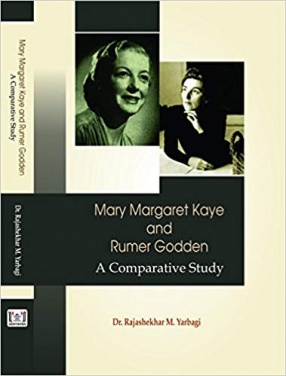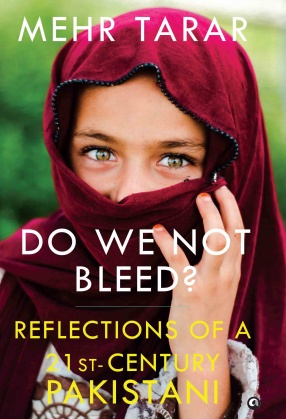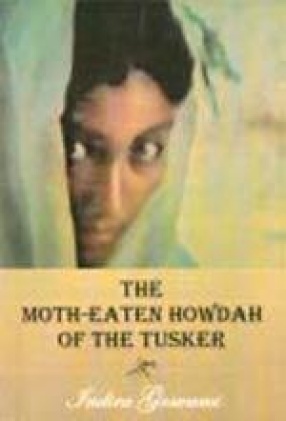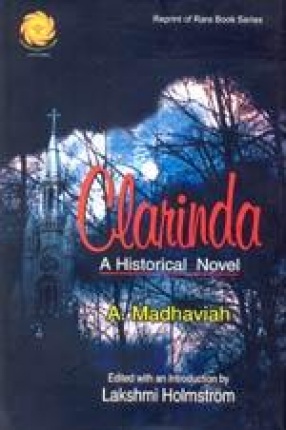Mary Margaret Kaye and Rummer Godden: A Comparative Study
Anglo-Indian literature is as important as Indian English Literature. It is prior to the rise and development of Indian English Literature. To say, the Indian English Literature follows the Anglo-Indian Literature. Of course, the nomenclature holds outdated as there was the continuation of the British, American and European writings on India. There is segment of fiction, exclusively on the British Empire. There are many writers after the period of E. M. Forster who made the Indo-British relations explicitly recorded in his masterpiece A Passage to India.
M. M. Kaye and Rumer Godden are the two major British woman writers on India. M. M. Kaye has very strong ties with India as her grandfather, father, brother and husband served the company Raj. Kaye had a lot of opportunity to travel all over India and also to other countries like Egypt, Kenya, Germany, Cyprus, China, Japan etc, first with her father and then with her husband. Her famous novels The Shadow of the Moon, (1979) Trade Wind, (1981) and The Far Pavilions, (1978) are widely read and appreciated by the Indian and British readers. Her novels explore pre-independence era of India and the cultural conflicts between East and West. Rumer Godden her contemporary novelist having lived in Bengal, wrote 90 works in her life span of 90 years. Rumer Godden’s Indian experience encompassed extremes of the beautiful and the damnable. Her major novels are The Lady and the Unicorn, (1937) Black Narcissus, (1939) and Breakfast with the Nikolides, (1942).
Get it now and save 10%
BECOME A MEMBER







Bibliographic information